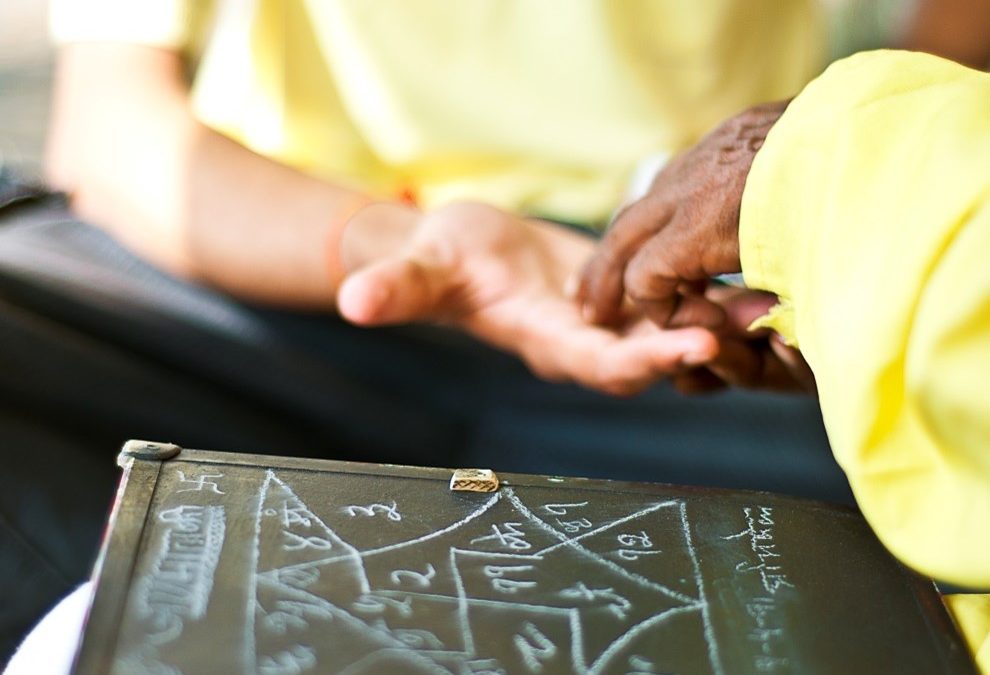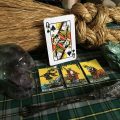Cheirology has very little to do with the lines in the palms, however it is necessary to understand the anatomy of the hand your reading for you to have a more in – depth conclusion and give a more accurate interpretation of your subject’s hand print. Cheirology involves the study of the hand itself (both left and right) including the length of the fingers, its nails, the fingertips, the ‘mounts’ found in the palm, the texture, color, size and even its firmness or softness.
Most people who are trying to study palmistry for the first time are so keen to only focus on the lines and hand prints; they fail to pay attention to other parts of the hand that also contributes to the accuracy of the readings and in fact, part of the whole palm reading process. The study of the hands (fingers, size, length etc.) is key to understanding the nature and character of your customer or subject.
For some beginners, certain issues like the length of the fingers or size of the hands causes a lot of confusion. It is quite hard to classify if the fingers are long, medium or short and what type of hand your subject possess. (Later on we’ll tackle the different types of hands as well as the significance and meaning behind the sizes, color, texture etc.) This is where you should a sense of balance and use of your own judgment comes in. Your intuitiveness can only be developed through years of experience and constant use. However, you can still classify fingers or hands properly as long as you balance everything out; one option will stand out more than the other option but make sure to assess it thoroughly so you can make the right call. Classifying the type of hand or length/type of fingers properly is crucial because it has significance in the overall reading. Only time and practice can make a palmist develop a good eye for quickly assessing and classifying the hand appropriately.
In the next section, you’ll be given a list of the different parts of the hand involved, and how it helps in accurately reading your subject’s hand print.






 I love to write books about alternative religion, occult, and spirituality. My books are written for everyone in an easy to read and understandable style.
I love to write books about alternative religion, occult, and spirituality. My books are written for everyone in an easy to read and understandable style.